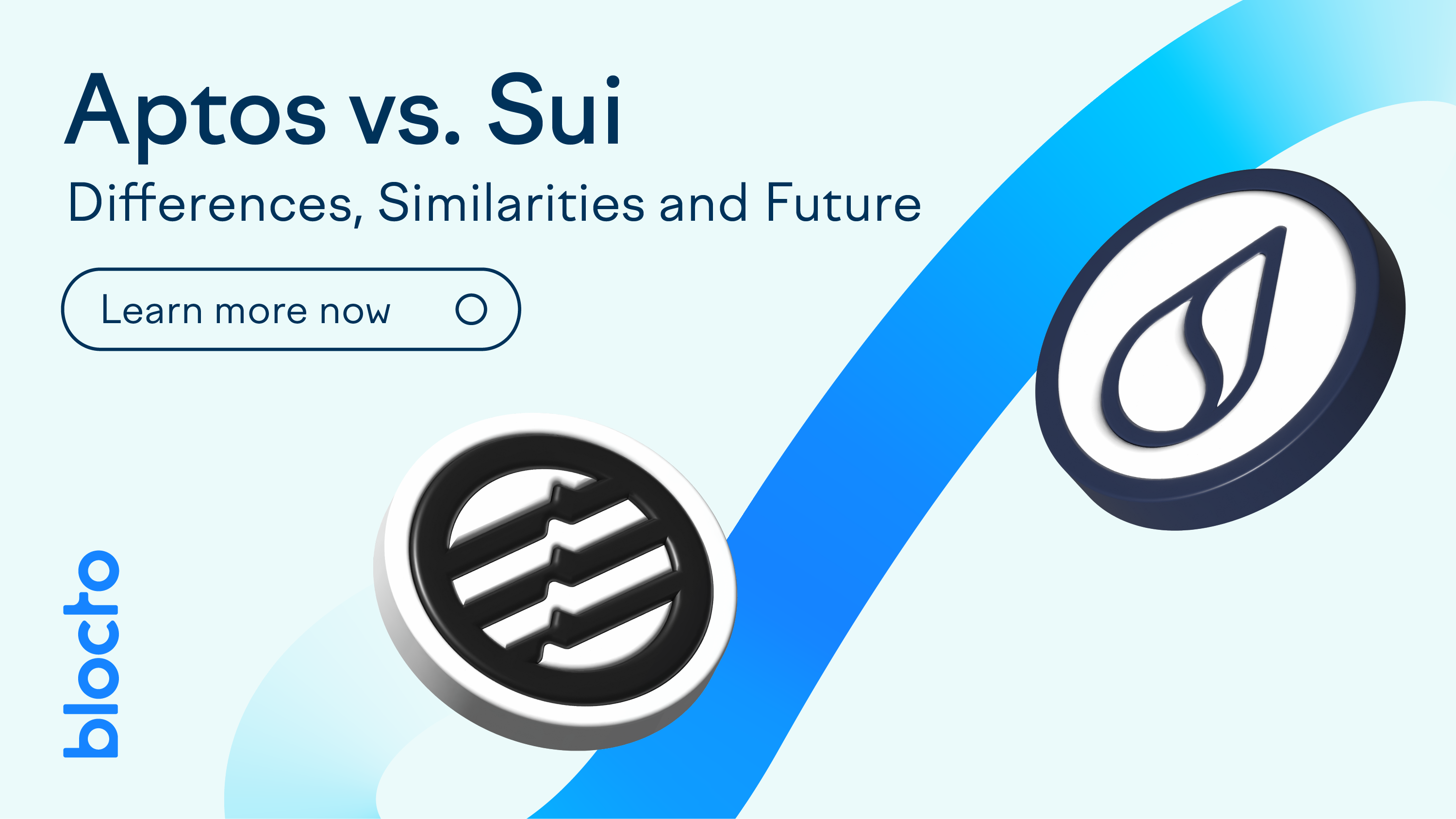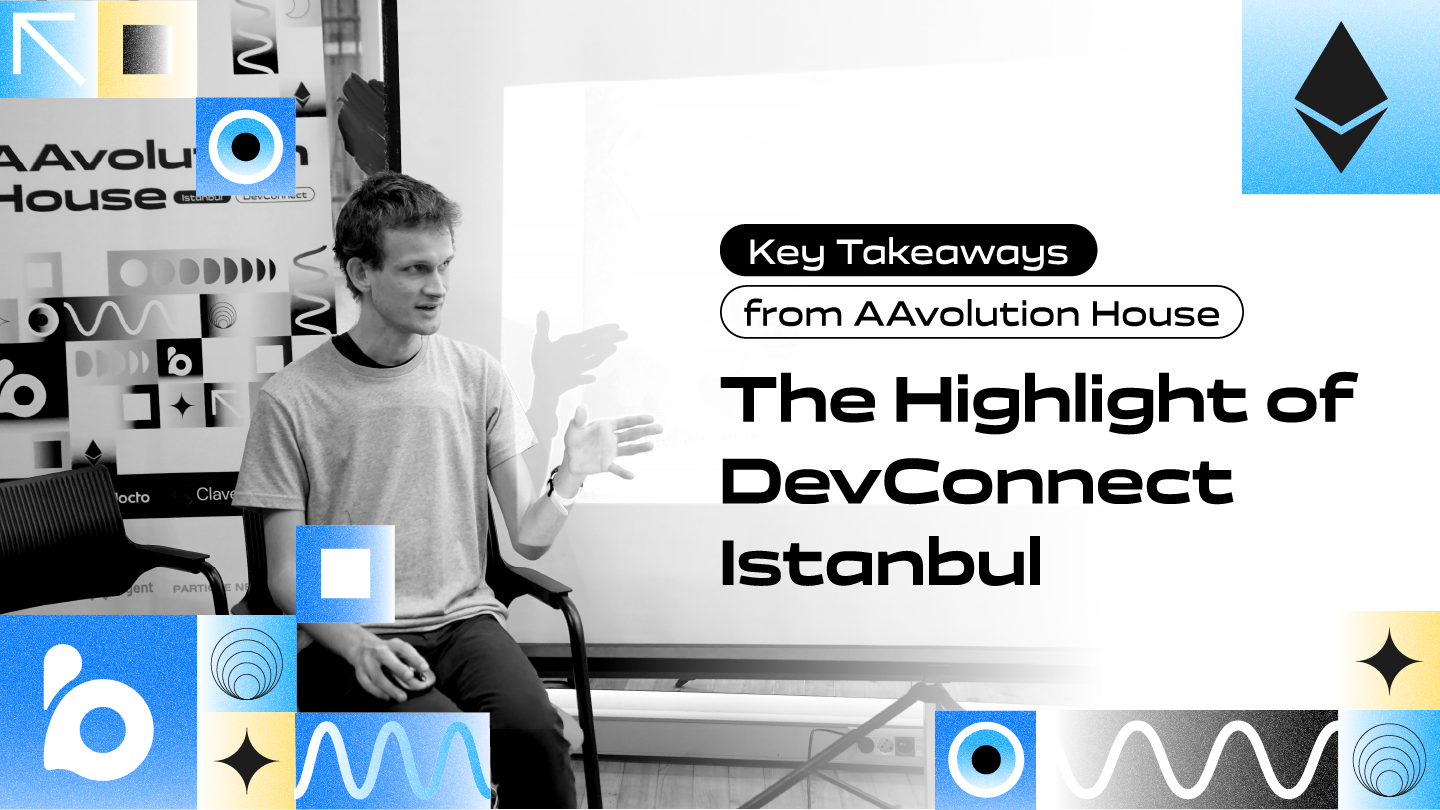
Diem is the failed cryptocurrency project originally created by Meta (formerly Facebook). However, there is always a shimmer of light in any failure, and the engineers at the company used that experience to create new blockchain networks.
The two most heavily-discussed blockchains that are the creation of these engineers include Aptos and Sui.
Today, we will be going over both blockchains so you can know what to expect moving forward.
Aptos vs. Sui: Which is Better?
In order for us to truly get a better perspective as to which blockchain and project as a whole are better, we will need to take an in-depth look at what each one of them is, how they operate, and what kind of an ecosystem they currently have.
While there is no definitive answer to this question, all of this data will provide us with a deeper look at what we can expect from each network going forward in terms of throughput, functionality, and development appeal.
Both of these platforms are created with the main goal of enabling developers an enhanced blockchain network, on top of which they can create decentralized exchanges (DEXs), cryptocurrency wallets, GameFi projects, and so on. Basically, anything that connects Decentralized Finance (DeFi) and relies on smart contracts can be built on both Aptos as well as Sui. So how do you decide which blockchain to pick?
Aptos Overview
Aptos is a Layer-1 blockchain that implements the Proof-of-Stake (PoS) consensus model and aims to solve issues surrounding slow transaction speed, high gas fees, and security issues faced within the space. APT is the native cryptocurrency used across the ecosystem.
Aptos is a blockchain developed by Aptos Lab, a company led by two former Diem executives, including Mo Shaikh and Avery Ching, the Chief Technology Officer (CTO).
What this means is that validators need to have a minimum required amount of staked Aptos tokens in order to participate in the transaction validation process. There’s also AptosBFT, which is the protocol’s Byzantine Fault Tolerance consensus algorithm based on HotStuff.
Aptos utilizes “Move,” which is a new smart contract programming language that can utilize modules to encode the rules of state transactions. It has defined its ledger state as the state of all accounts and utilizes an unsigned 64-bit integer that corresponds to the number of transactions that the network executes.
Aptos follows the original design of Diem, where it moves valuable assets between the storage accounts of users.
In terms of its architecture, it leverages BlockSTM for parallel executions, and when it comes to its throughput, the blockchain can theoretically process 160,000 transactions per second (TPS). However, it prioritizes heterogeneous validators.
When we look at this blockchain from the perspective of the ecosystem, there are over 100 projects developed for it as of 2022, and this ecosystem is ever-growing. On its DevNet, Aptos has a peak of over 18,000 nodes. Moreover, users can easily onboard Aptos with the Blocto Wallet.
Sui Overview
Sui is a Layer-1 blockchain that is designed with the main goal in mind of enabling creators as well as developers to essentially build decentralized applications (dApps) with ease.
It also runs on top of the Proof-of-Stake (PoS) consensus model, however, introduces horizontally scalable throughput and storage.
Developed by a team that used to work for Meta, who came together to form Mysten Labs, the development company behind Sui, they set out a goal to create an advancement of blockchain technology that bypasses even the possibilities that Diem originally had. The company is run by former Meta and Novi team members, including Evan Cheng, the Chief Executive Officer (CEO), Adeniyi Abiodun, Chief Product Officer (CPO), Sam Blackshear, Chief Technology Officer (CTO) and George Danezis, the Chief Scientist.
Sui also utilizes Sui Move, which is a programming language based on Rust, and initially designed at Meta. Sui stands out due to the fact that it is able to scale horizontally without any upper bounds, enabling developers to meet application demand whilst maintaining low operating costs associated with transactions. This is essentially an object-centric storage system that records everything on-chain.
Sui also eliminates any bottlenecks found in existing blockchains; unlike traditional blockchains, which push transactions into sequential blocks that create wasteful computation power, Sui organizes the data within an independent object, which means that the transactions can get executed in parallel.
When it comes to its underlying architecture, Sui leverages the power of Narwhal and Bullshark or Tusk, a Directed Acyclic Graph (DAG)-based mempool.
Here, Narwhal is responsible for the procedure of ensuring the availability of any data that gets submitted to the consensus model. However, Bullshark or Tusk is used to agree on a specific ordering of the aforementioned data.
However, when we look at the blockchain from a throughput standpoint, Sui utilizes shared data which can enable potentially “infinite” throughput; however, this is something that is heavily dependent on the types of transactions executed.
Additionally, when we look at the ecosystem, it has over 30 projects and more than 5000 nodes across the ecosystem.
Moving Forward With Blockchain Technology
When we look at them as a whole, both projects have numerous investors and utilize a different approach to how they aim to scale the blockchain.
Aptos utilizes the original “Move” language, while Sui has a custom iteration with Sui Move.
Aptos leverages BFT with parallel execution, while Sui has DAG and BFT, alongside parallel execution, with no consensus for simple transactions. Aptos can scale towards a theoretical limit of 160,000 TPS, while Sui has a potentially unlimited throughput based on the use case.
Both blockchains have less than 1 second in terms of time to finality, and there are wallets developed that support them, with the testnet for Aptos supporting Pontem Wallet, Martian, and Fewcha, while Sui supports the Sui Wallet. However, based on all of this data, both networks are still in early development. It is too soon to tell which blockchain you should be most optimistic about. Move technology, with a lot of potential, is probably here to stay, though. Onboard Aptos with Blocto’s 30-second email login!

